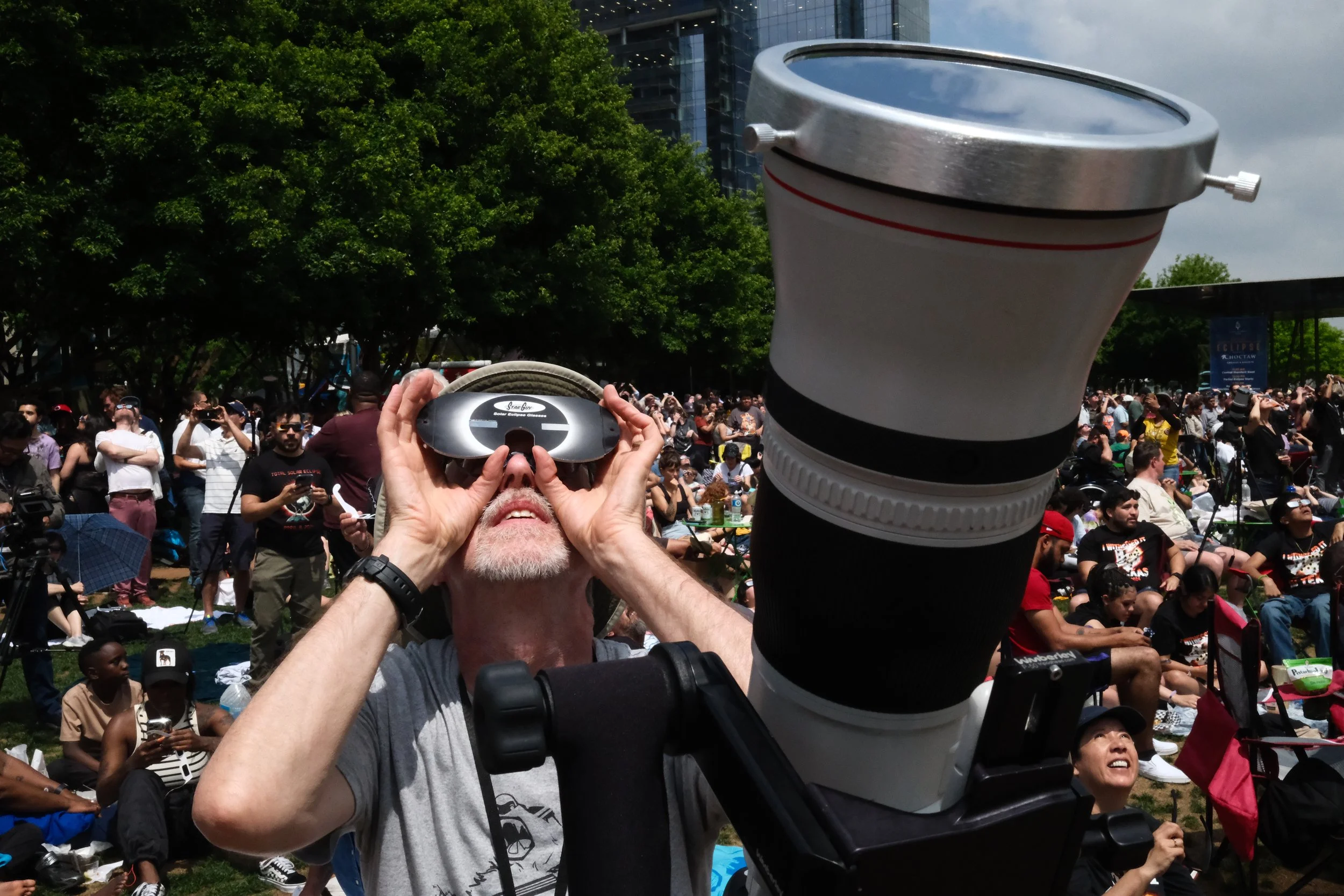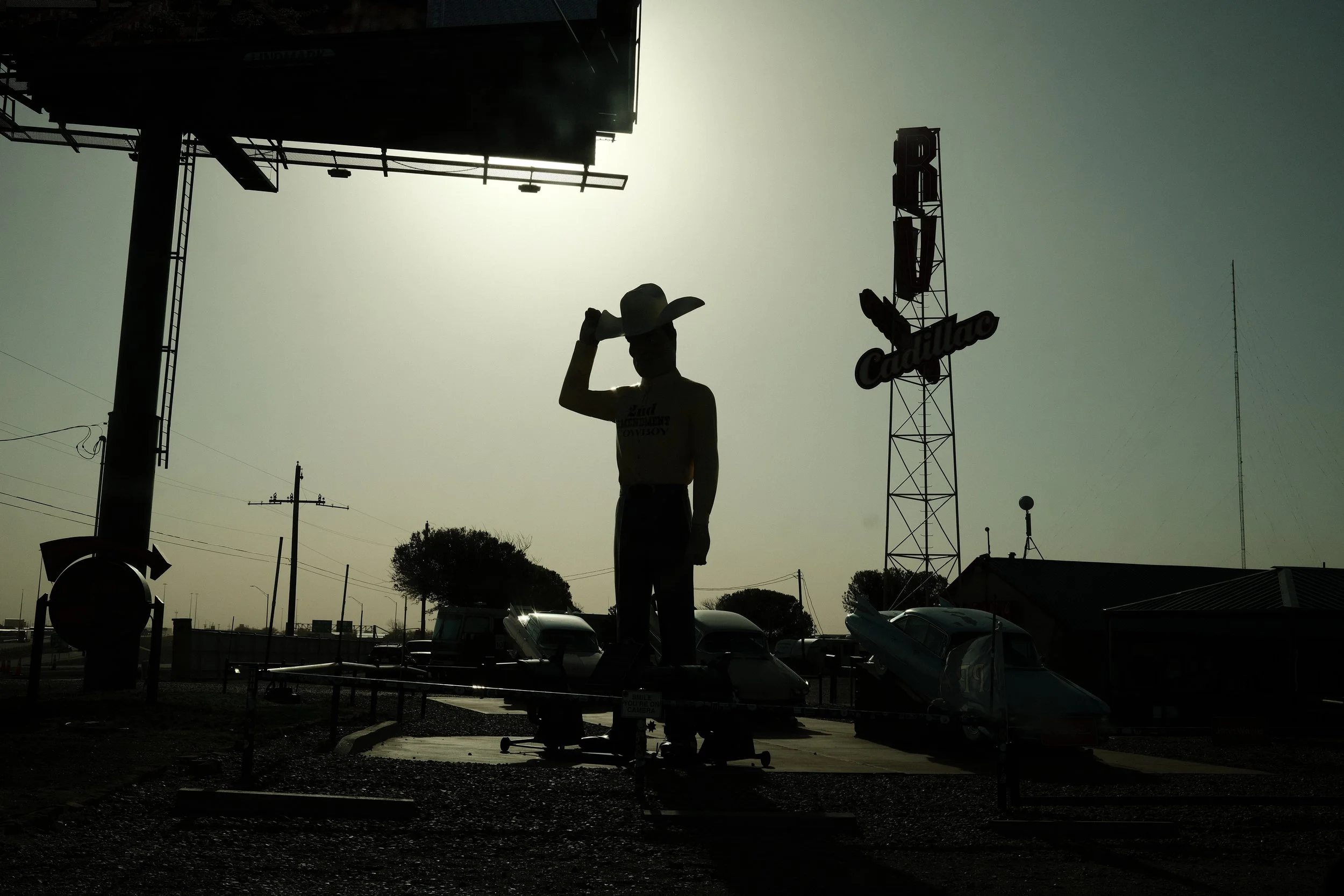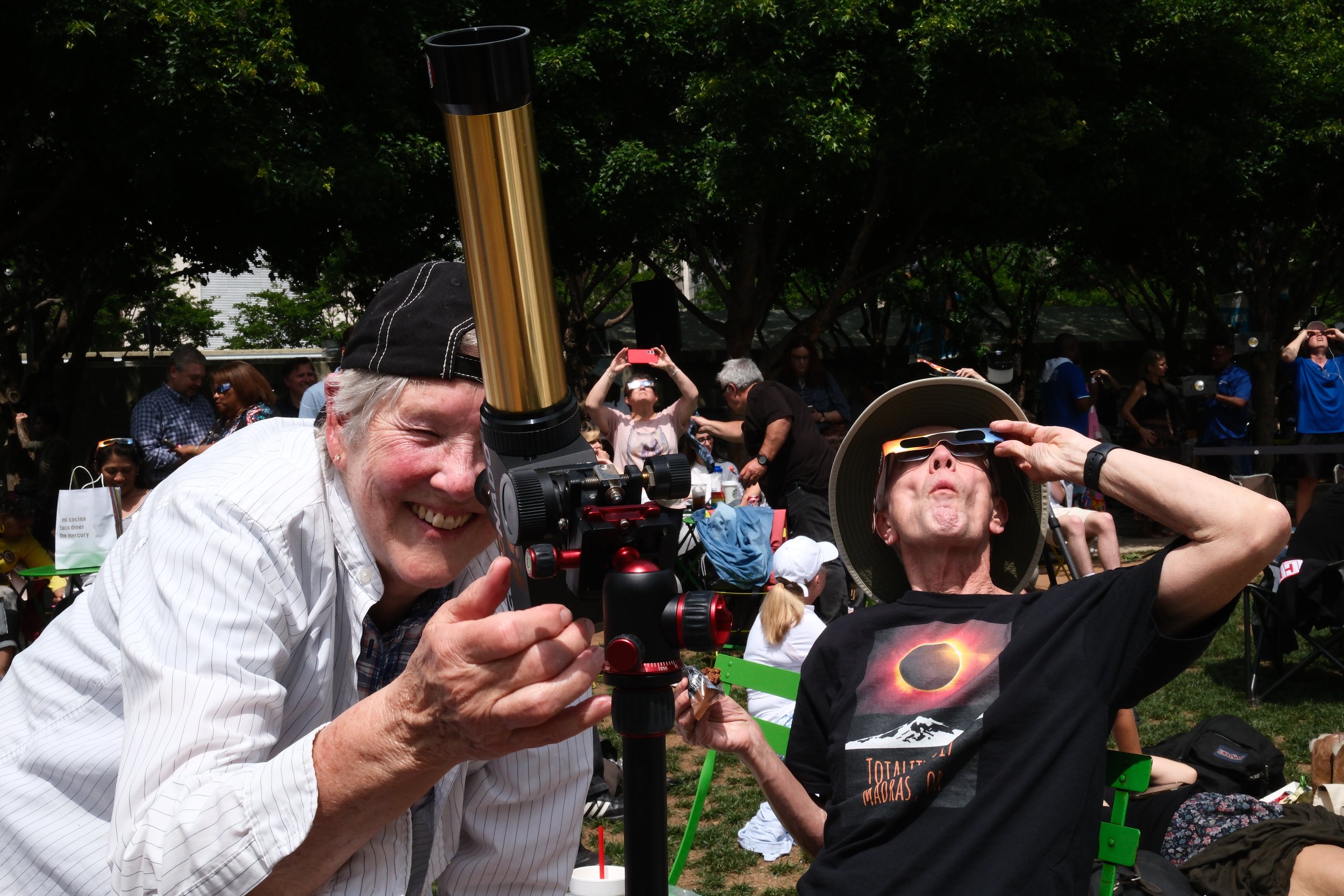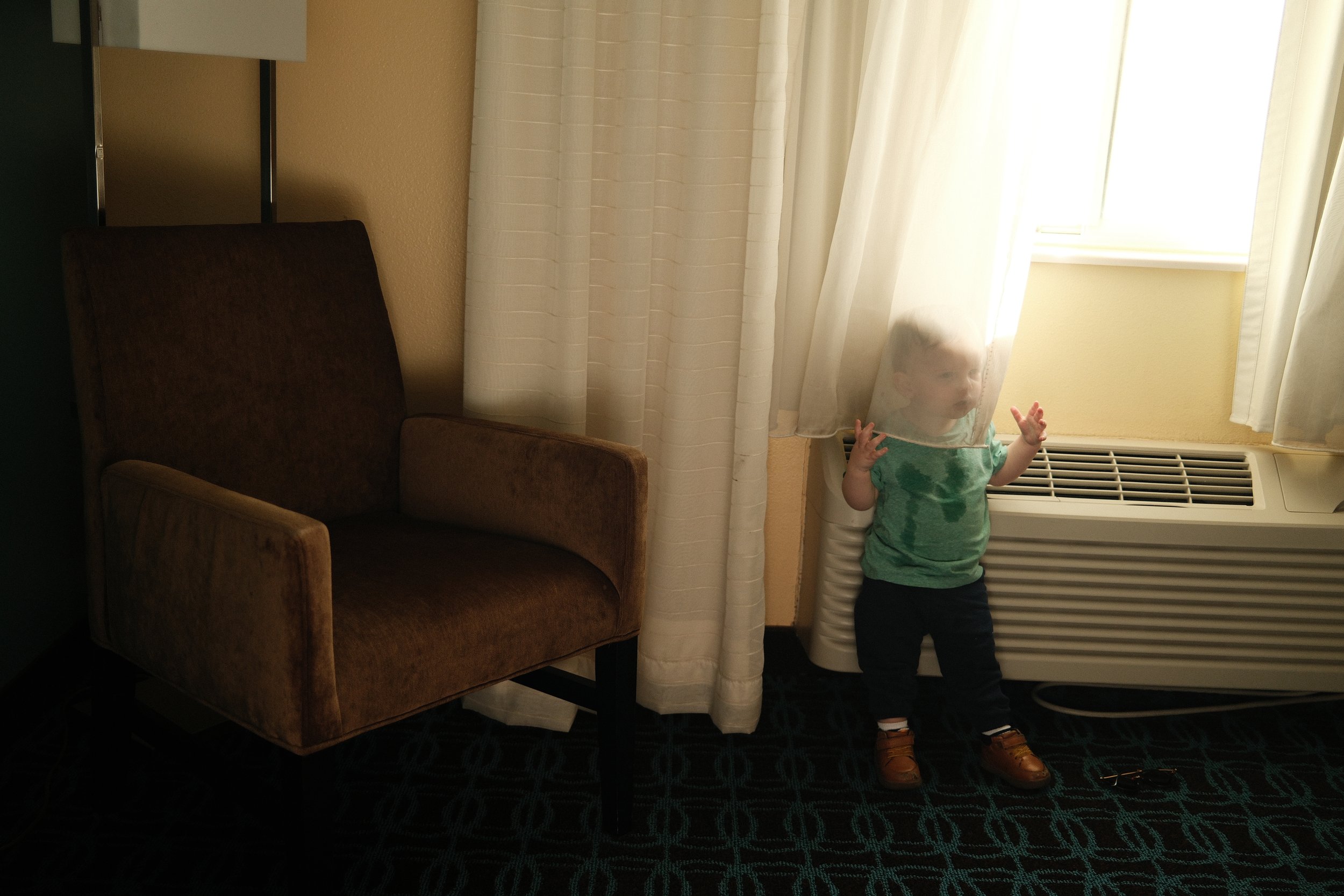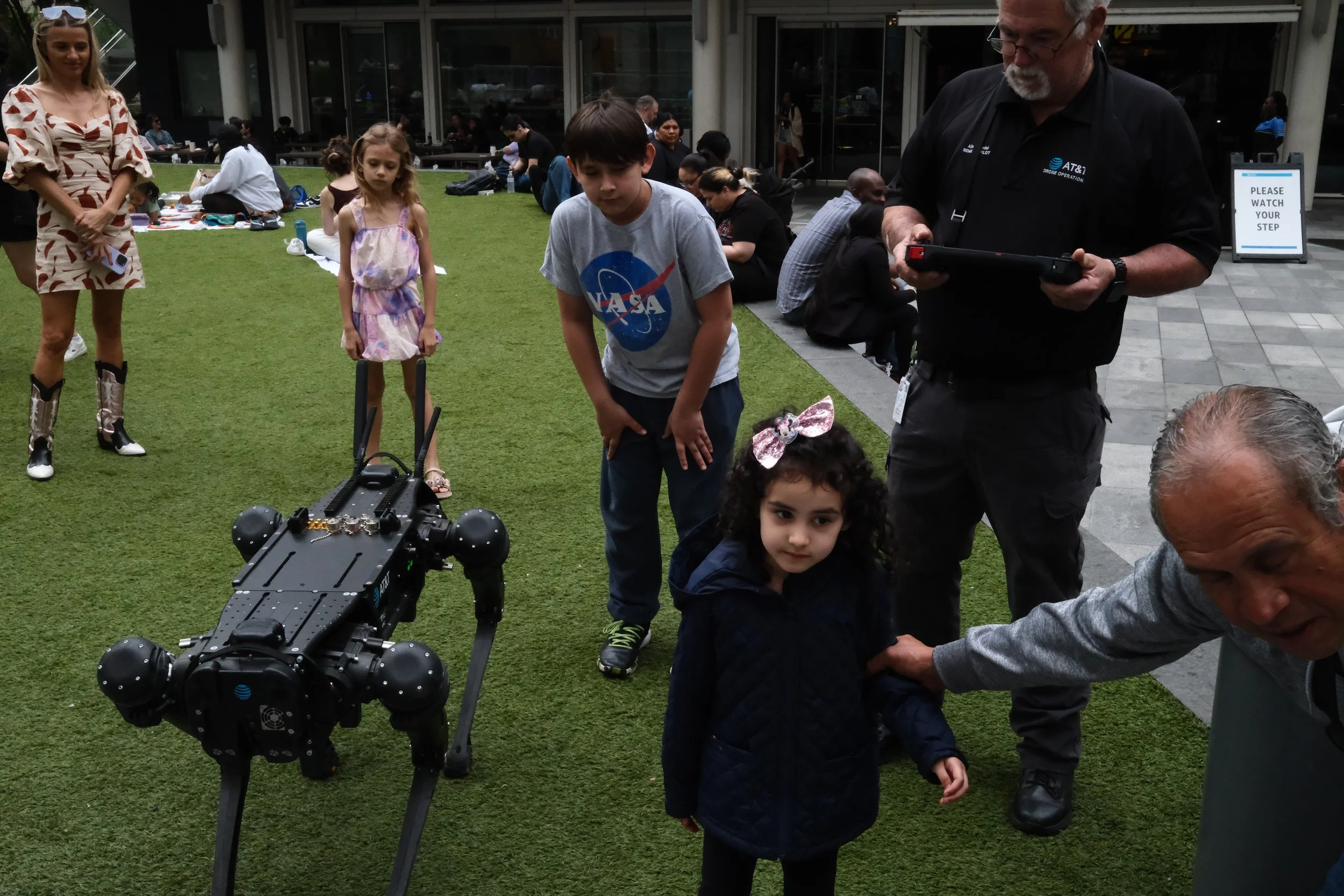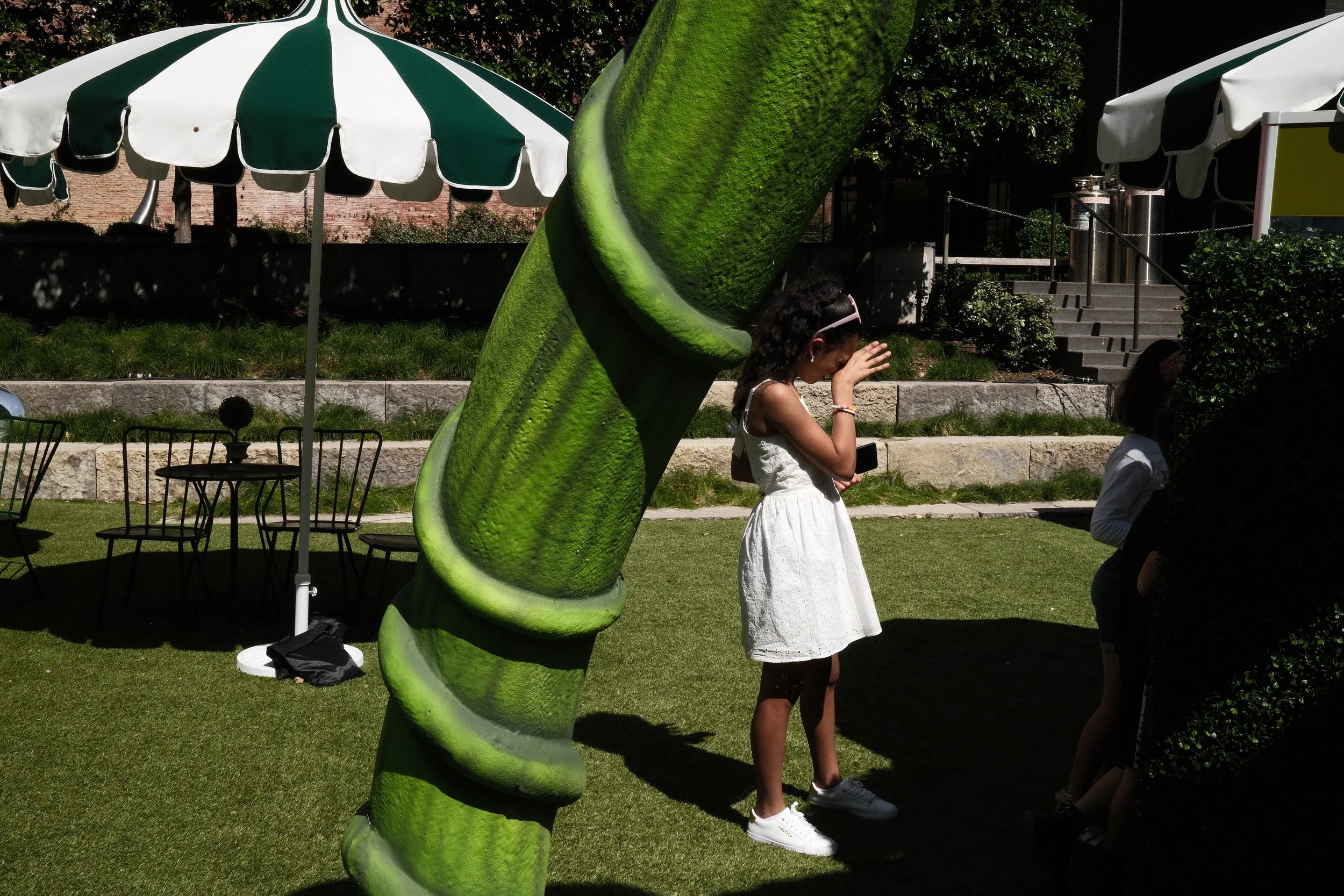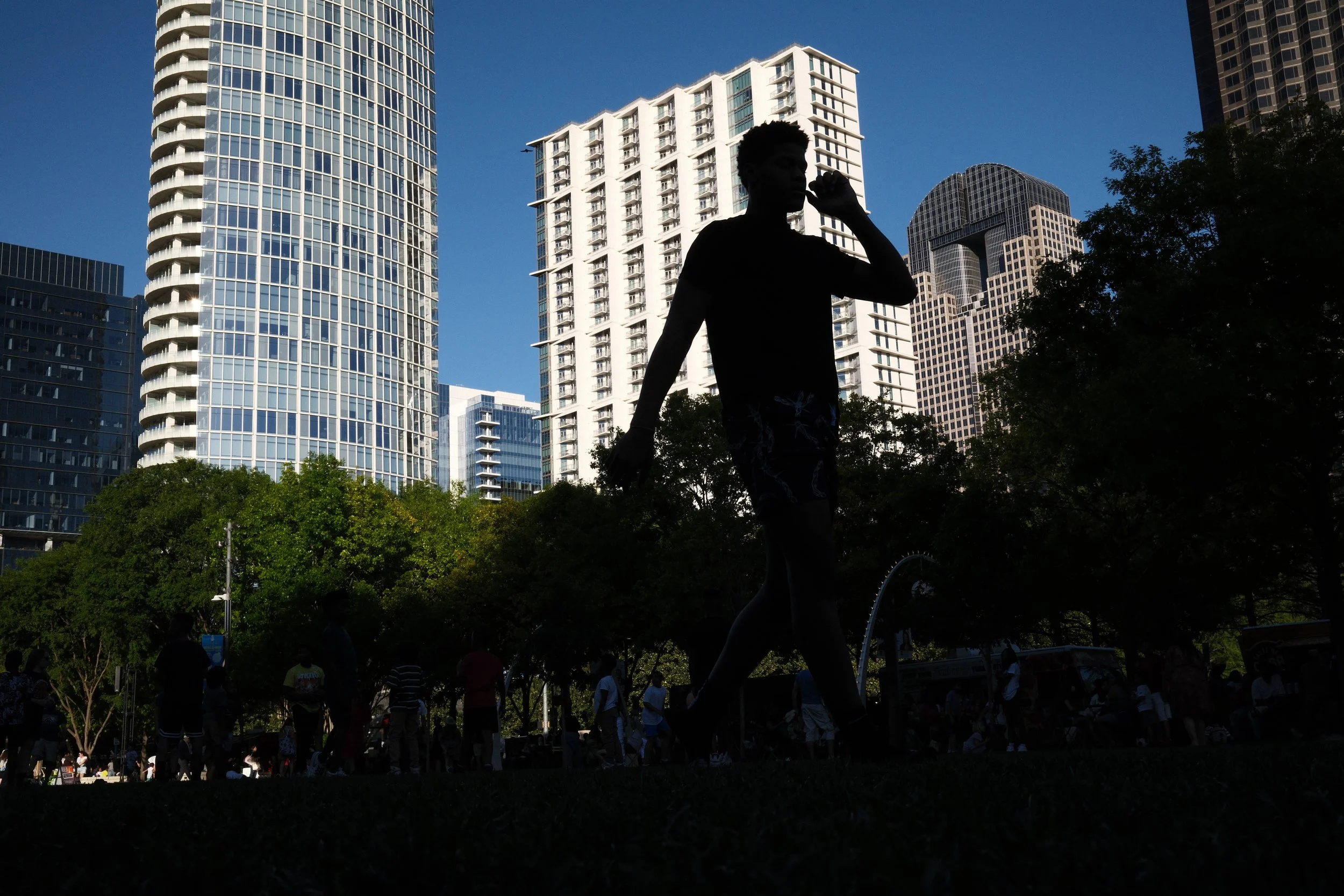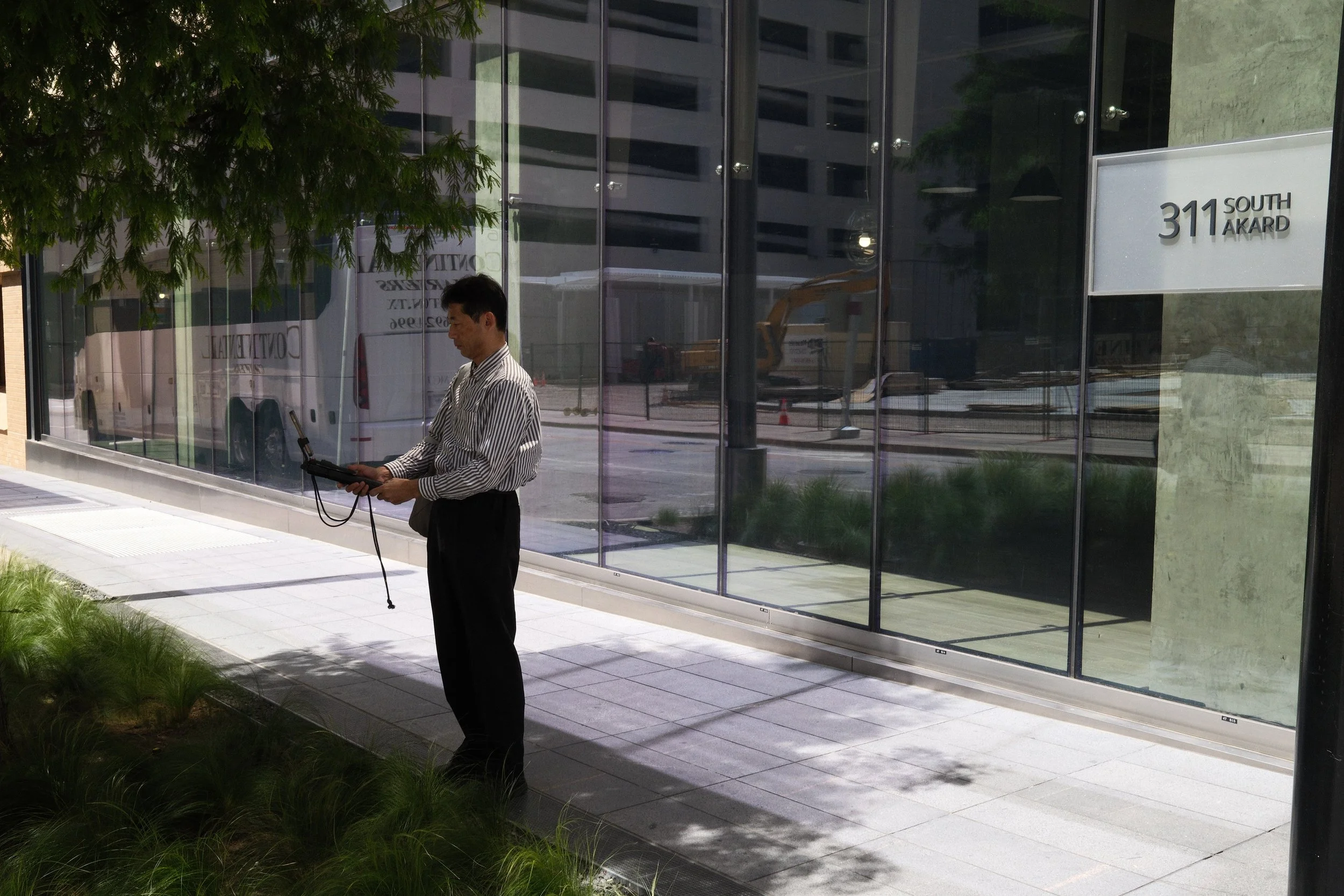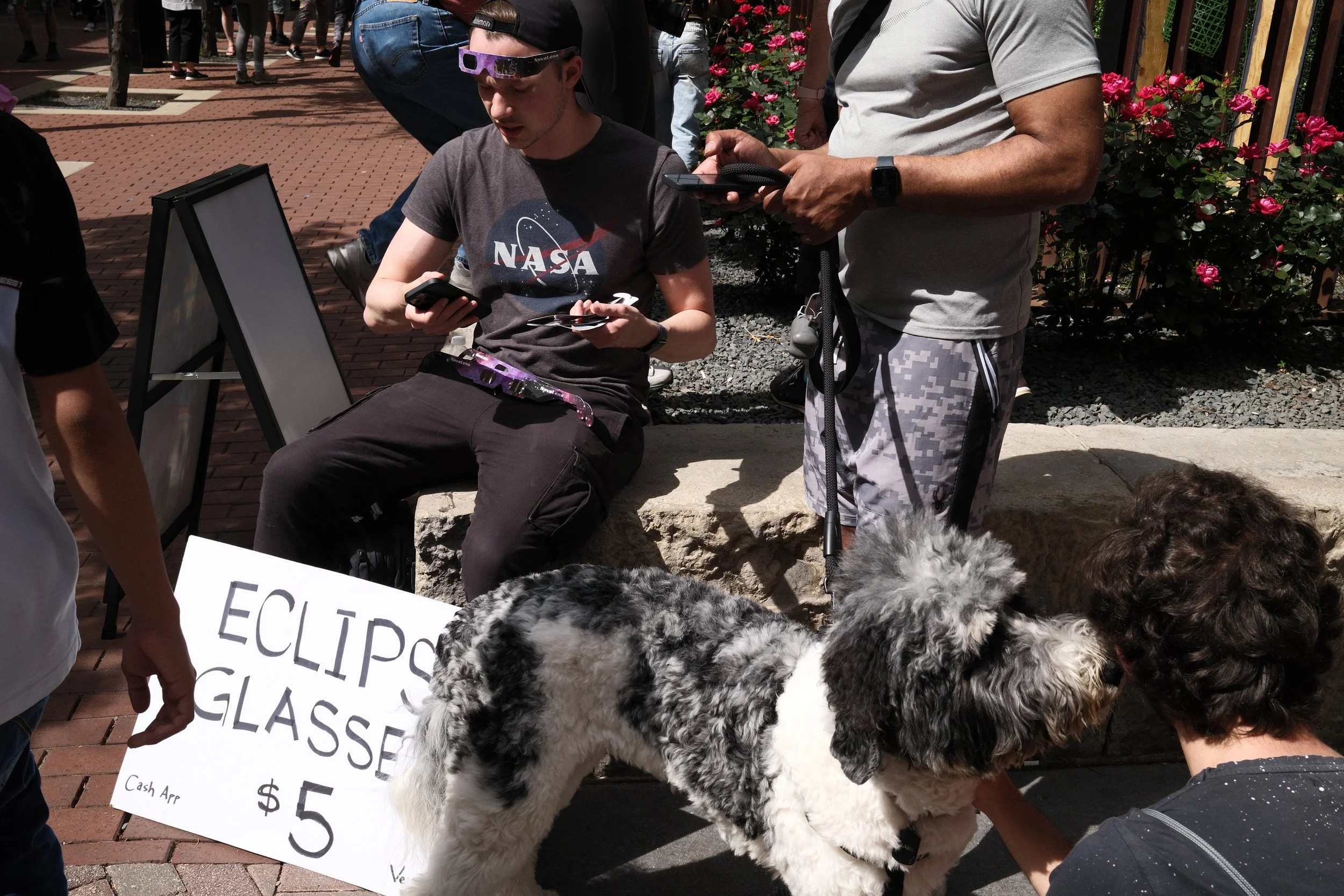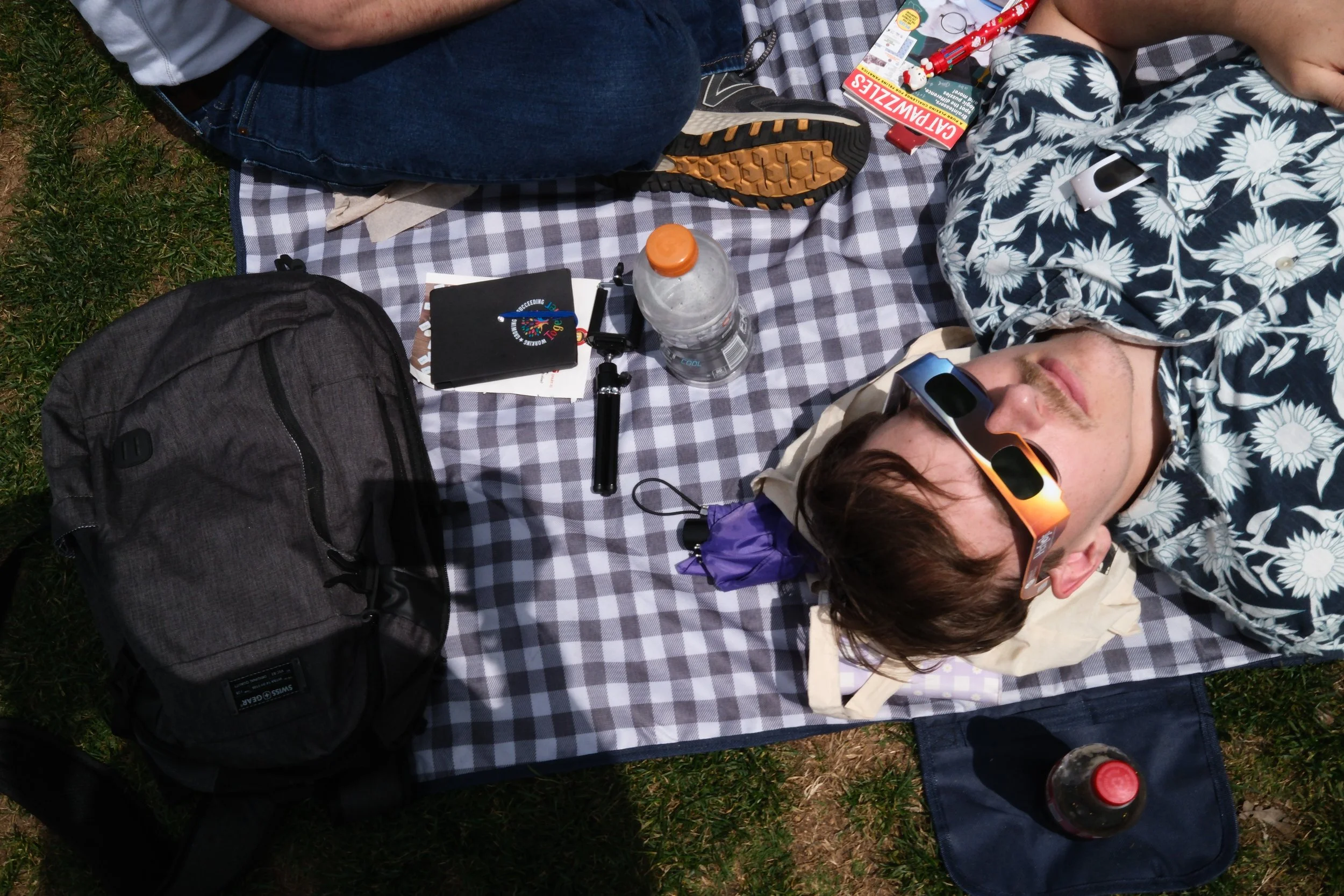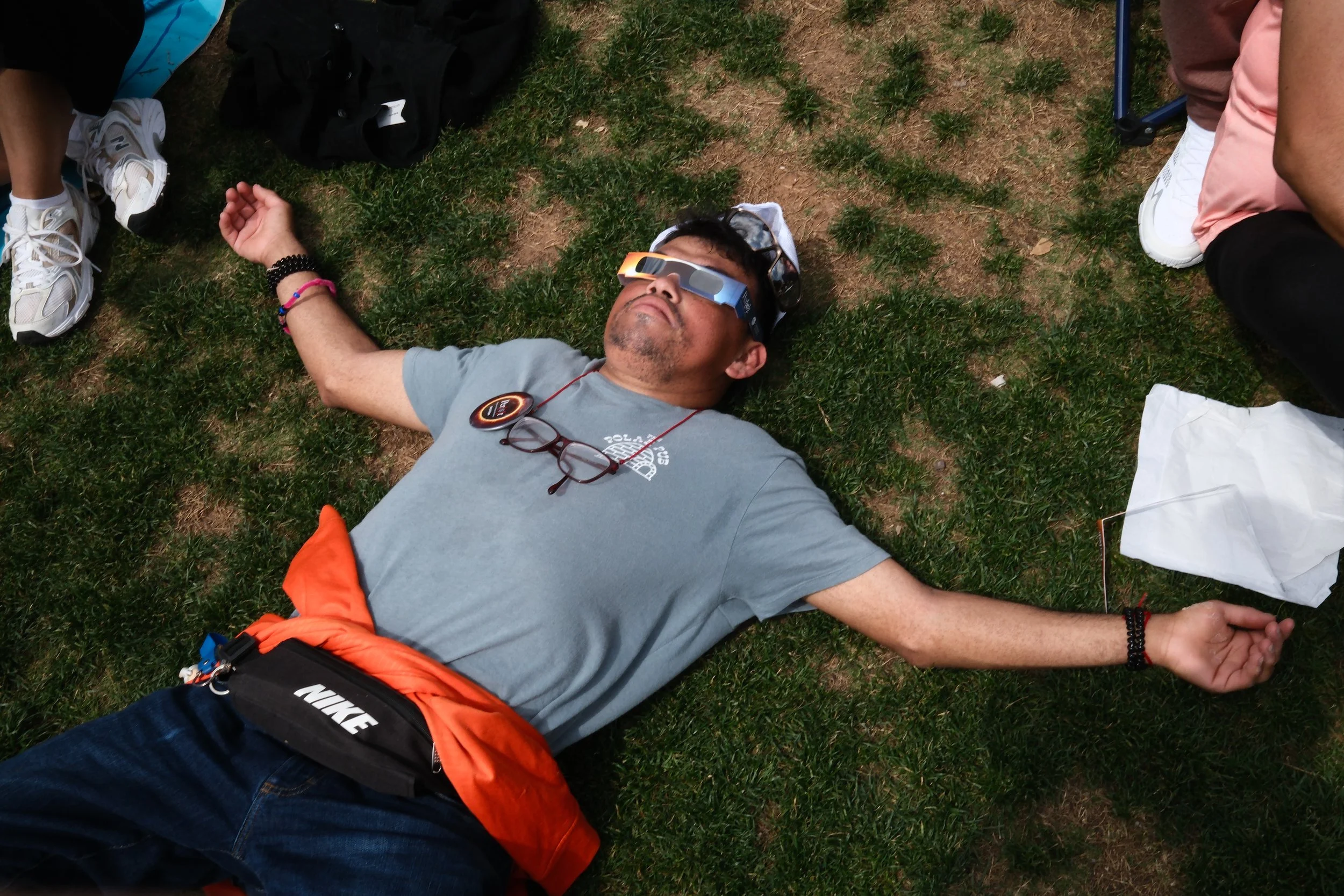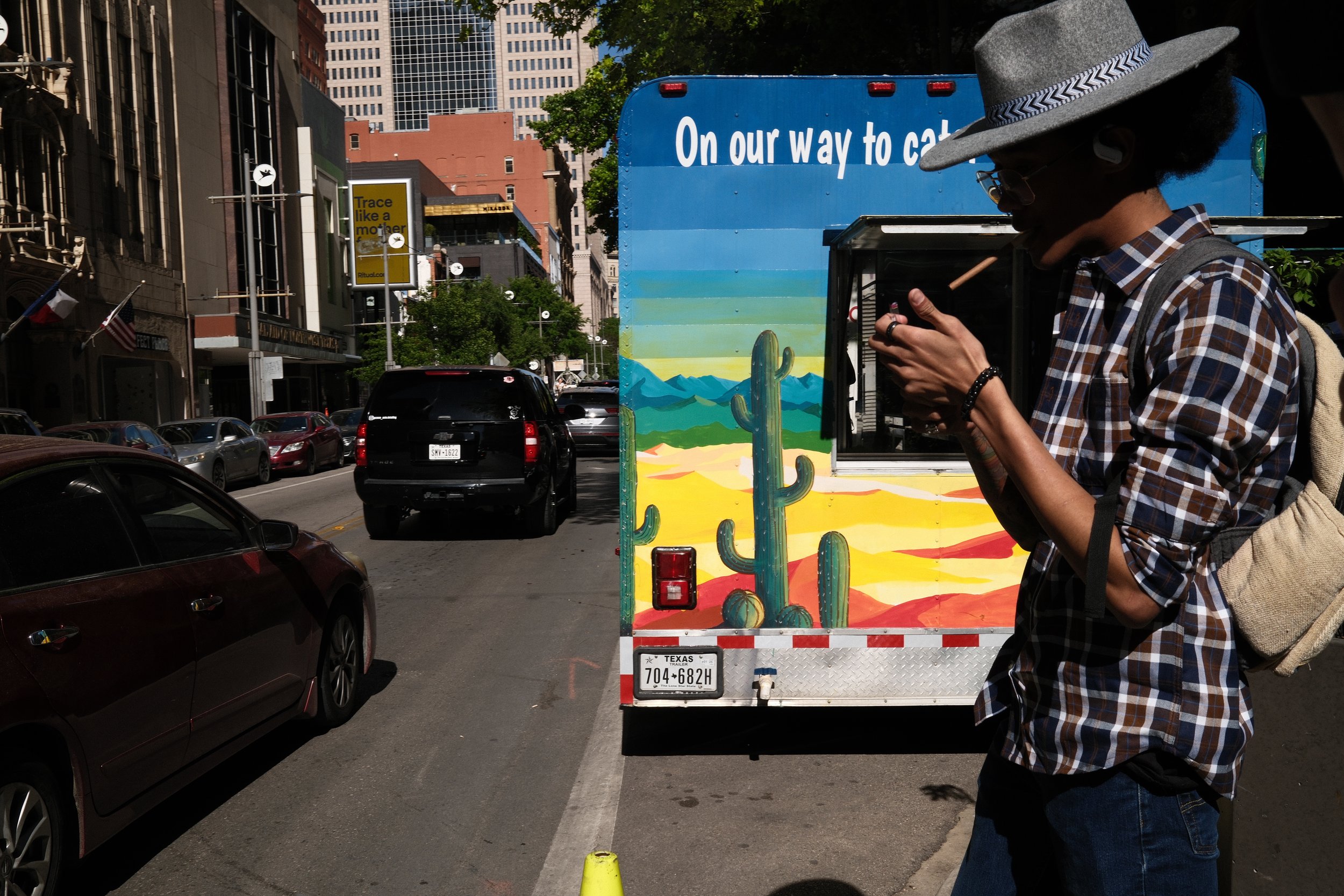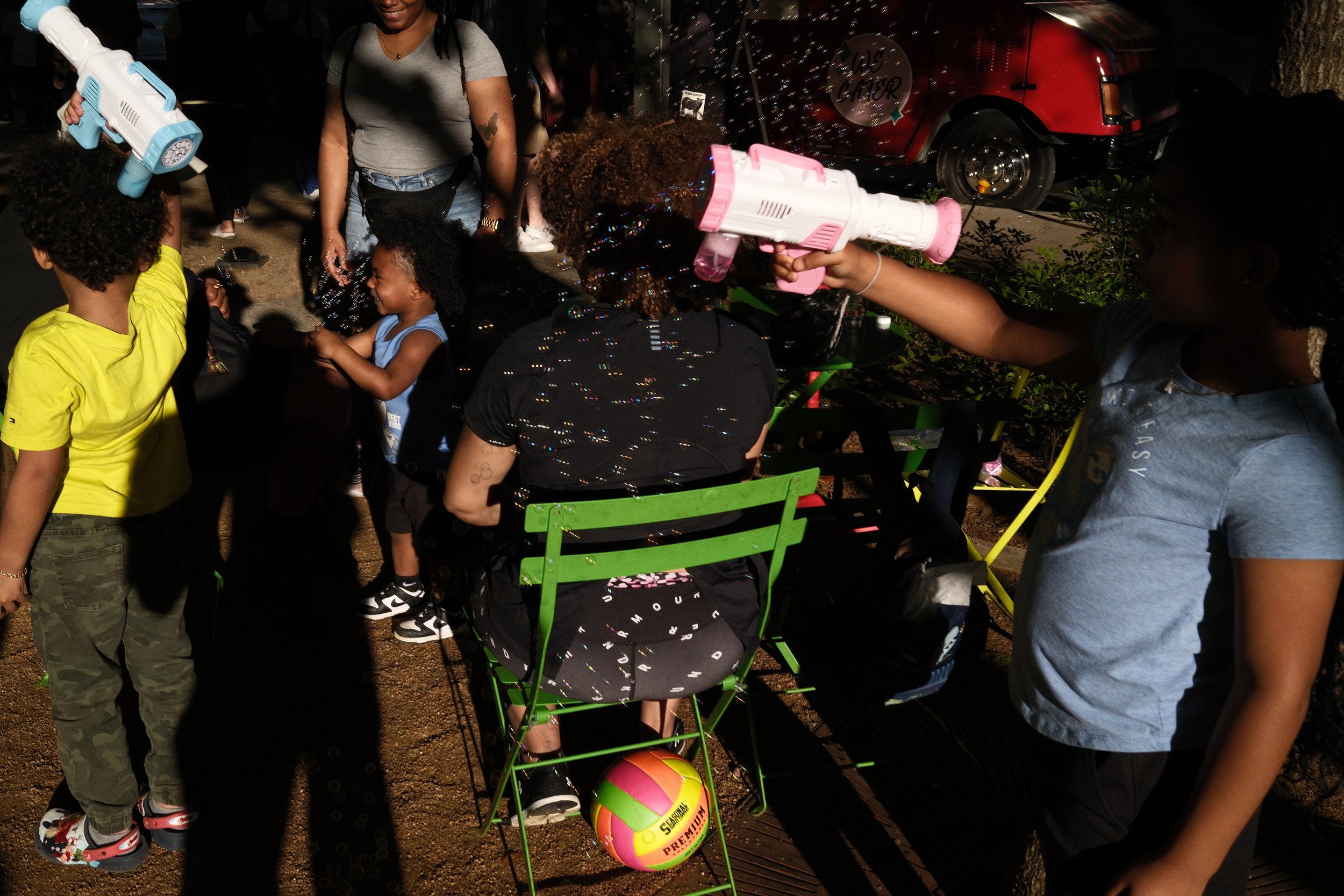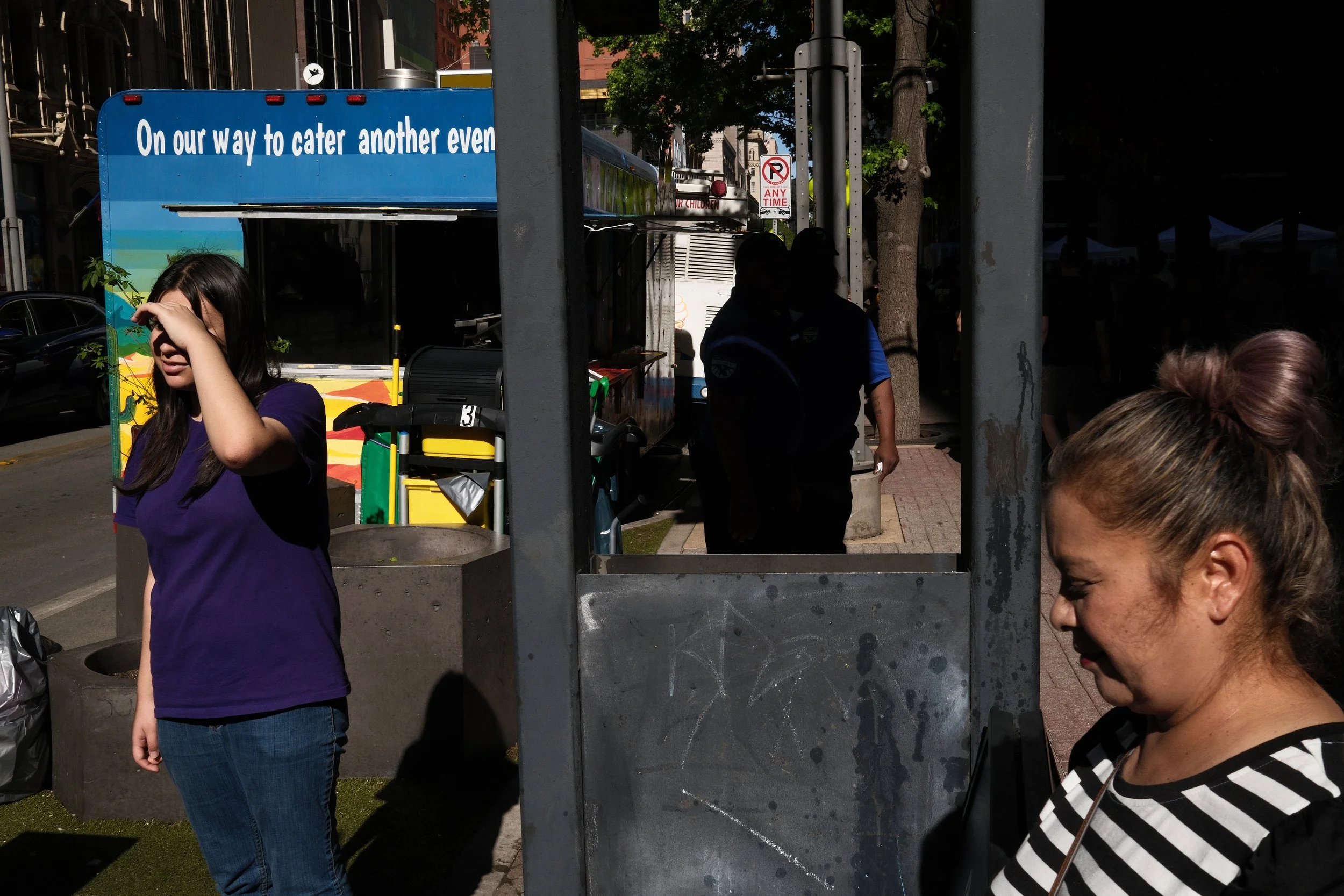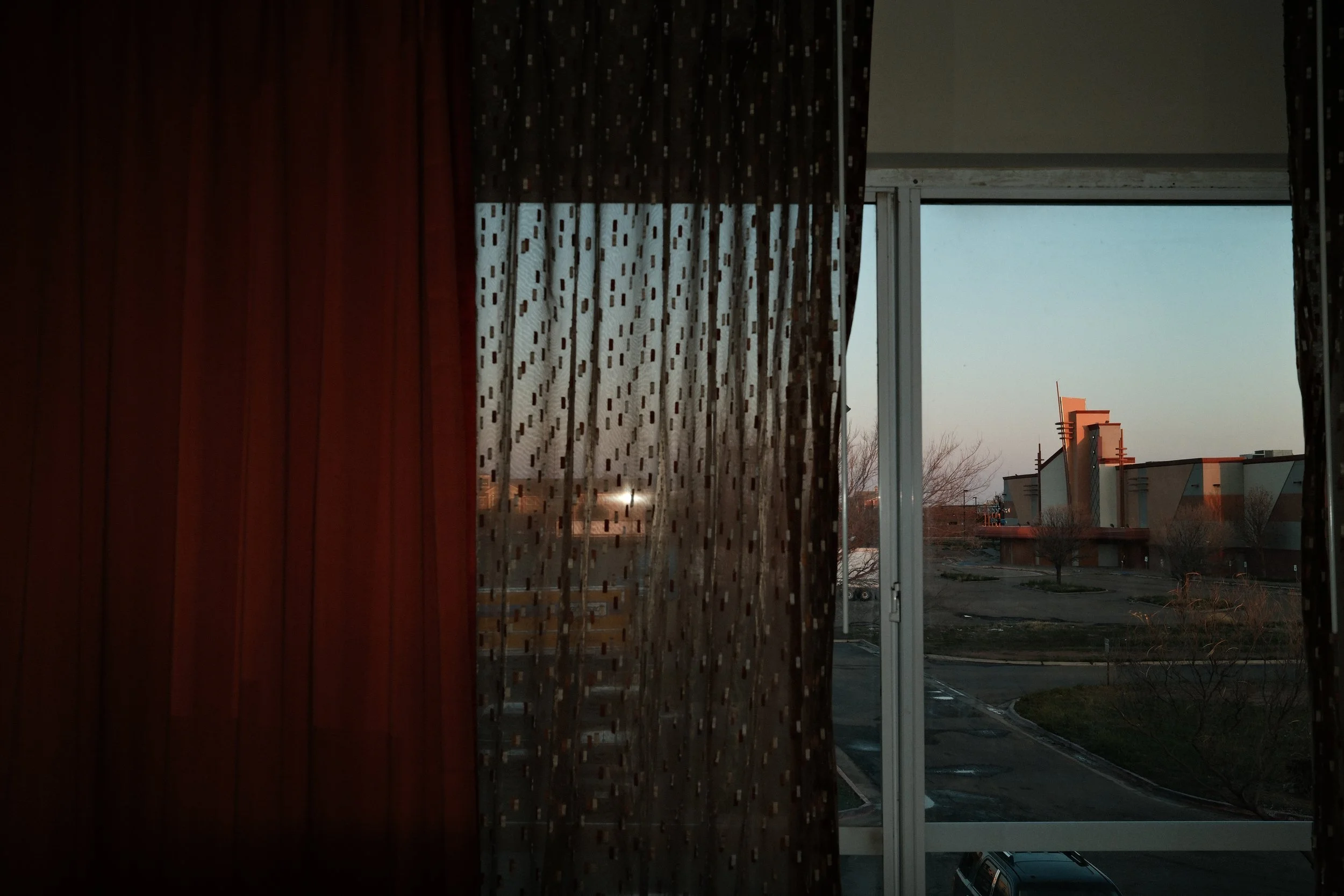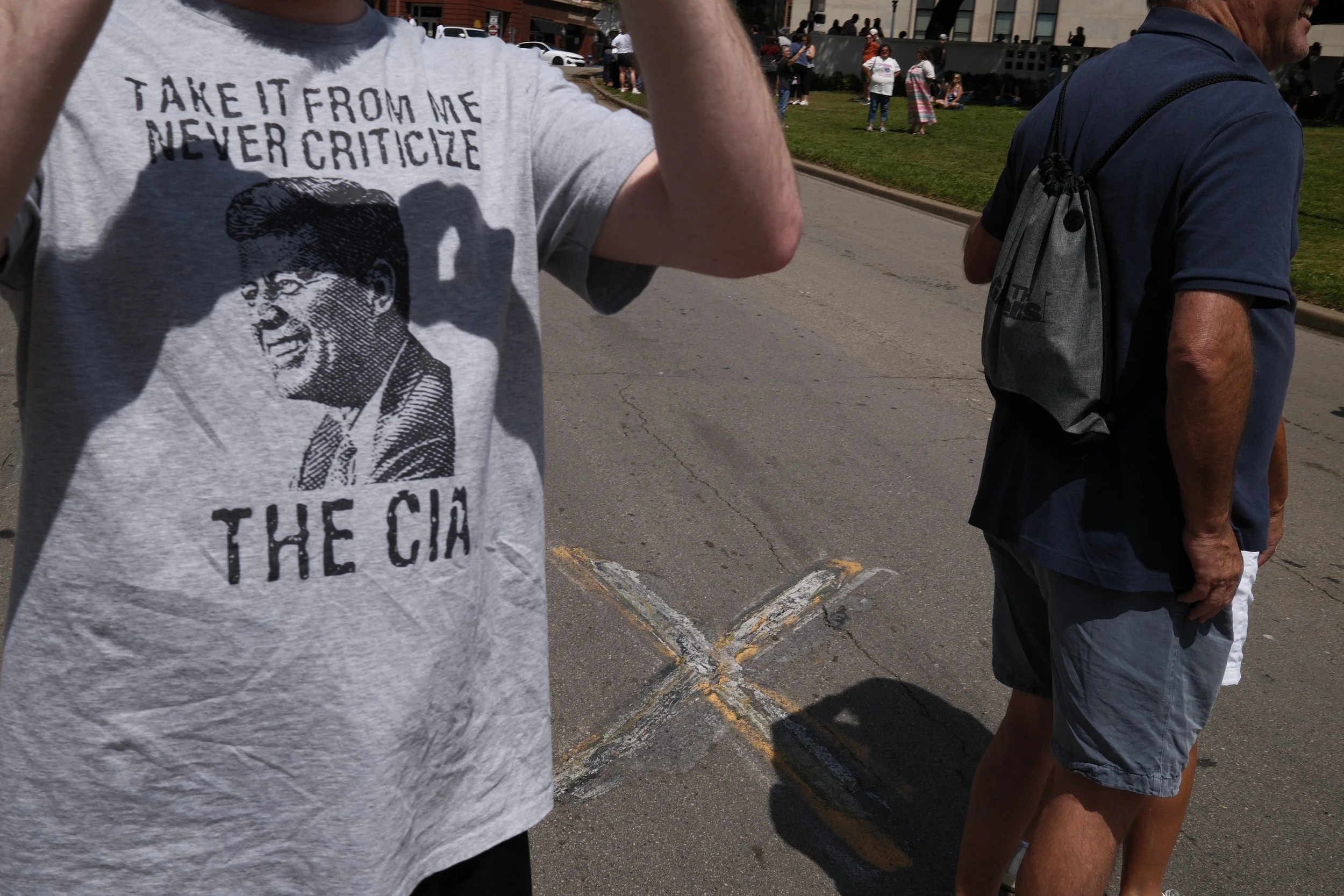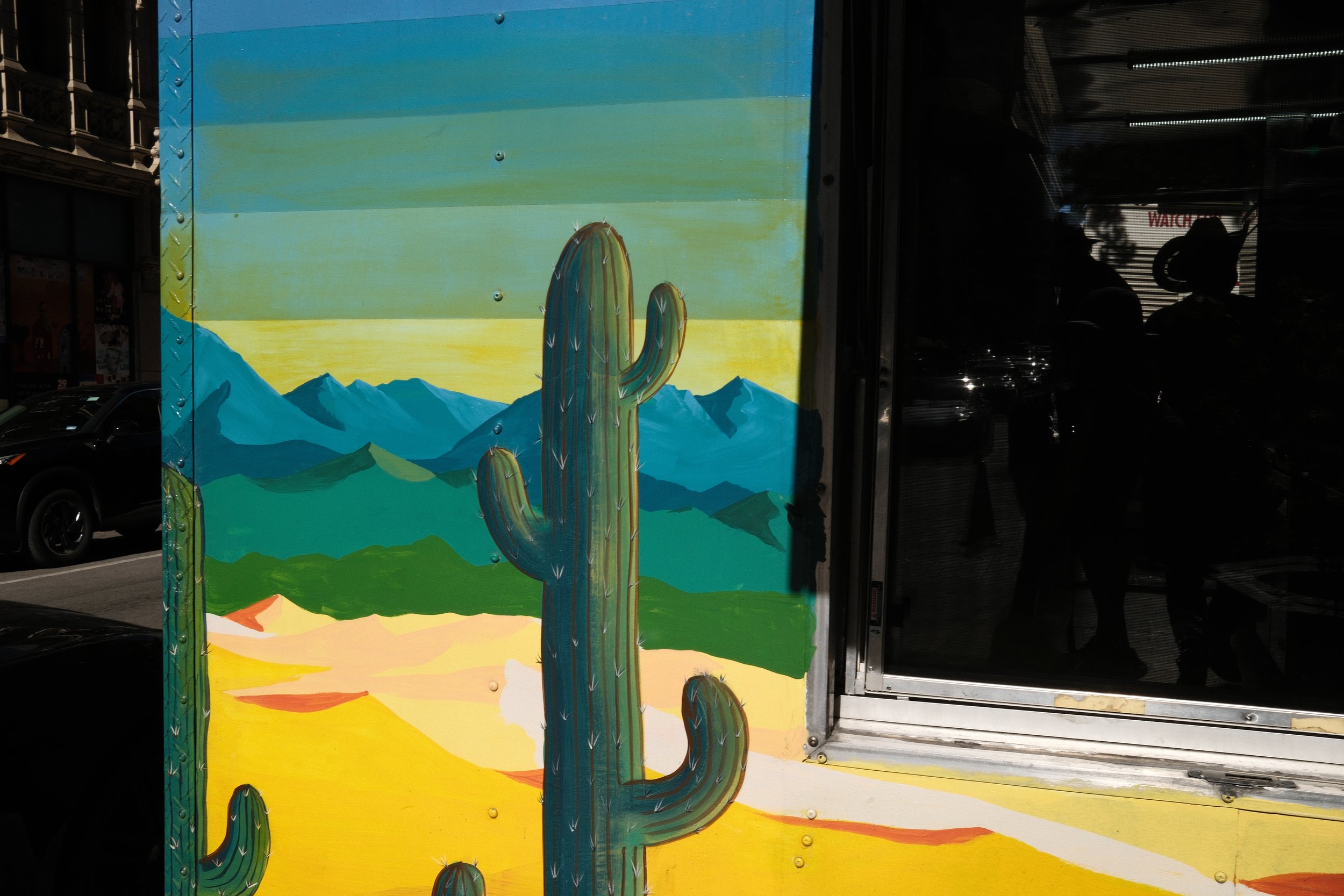Fujifilm X100VI Review
I previously owned an X100V which I believe was a catalyst to me forming the photography style I have now. So when the X100VI was finally announced I was excited to get my hands on one and try it out. I had some dislikes about the previous version so I was hopeful that the updates would solve them.
This review will not be technically focused, it is just my opinion based on real-world use for street photography, documenting my life and family, and my idiosyncratic wants for a camera. If you’d prefer a video review, I also made one of those and I will embed the video below.
Every image you see in this post is a straight-out-of-camera JPG.
Size & Weight is one of the things that always drew me to the X100 series. I like cameras that don’t feel like they are taking over the space I’m in and small and light is one of my main preferences in a street photography or personal camera.
The X100VI is 2mm deeper and very slightly heavier than the pervious version. Overall, I doubt anyone will notice or care. It is still a small light camera that you can carry for long periods of time.
Something the small size and weight affects is the ergonomics. For my small hands, gripping the camera feels fine but this could easily feel like a toy if you have bigger hands. Where the ergonomics start to fail for me is with the buttons. When I walk around I tend to hold the camera up by my shoulder or carry it at my side but I need to use more of my hand and I find myself accidentally pushing buttons if I don’t switch it off first. Sometimes I do switch it off but I would rather leave it on and have one less action to do before taking a photo. Maybe building up the muscle memory to switch it on and off would help because start up time is relatively fast.
The X100VI has a leaf shutter like its predecessors but I’m pretty sure this one is even quieter. I was always drawn to the quieter shutter but this may actually be too quiet. At times I find it hard to tell if I took a picture. It’s not a deal breaker though.
For those who like to shoot at high shutter speeds the mechanical shutter only goes up to 1/4000 of a second before you have to switch to the electronic shutter. But if you are a shoot wide open in bright conditions kinda person, it does have a built-in 4 stop ND filter which can help to maintain the mechanical shutter while shooting wide open.
The combination of the leaf shutter and ND filter can open up creative options since the flash sync speed is 1/4000????
When I’m doing street photography I prefer to leave the camera in MF. There is a menu setting that will show the acceptable DOF and from f8 to f16 I find this extremely useful because so much of the frame will remain in focus. It is also quite easy to pull focus to roughly 3 feet and things much closer will be in focus too. Again, I just have to be careful not to bump this when I am carrying the camera at my side. I also quite like that I can still use the back button to pre-set the focus point if I want to. But! I also have to be careful not to bump the joystick and move the focus point by accident (this happened often. I find that adding a thumb grip would mitigate this.
Compared to previous versions I think the AF was noticeably improved. Although I cant say for sure because I don’t think I ever tried to use tracking AF on the X100V. In continuous focus the X100VI can pick up an object and track it very well. If eye AF is on it seems to override any existing tracking and it will jump to the eye. I find this is best if set to off if there are more than one set of eyes in the picture. There could easily be settings to adjust this to your liking but I found I liked it best on the regular tracking and didn’t feel the need to make any changes. I use the AF when in low light and when photographing my family.
Speaking of photographing family, I enjoy the minimum focusing distance on the X100VI coupled with the tracking AF. I can be holding my kid and quite easily focus on him at close distances without having to engage a macro mode.
Fuji has, as expected, included their 40mp sensor than is in the newer generation of their cameras, and as we already know they produce great image quality, but that is where my love for it ends. 40mp is far more than I or most people need in a camera like this. Unless you are cropping like a maniac on the regular and printing those crops big, 40mp is just overkill. I have a 24x36 print of a 26mp X100V picture and it looks great. I could have printed it bigger. This trend just seems to be where the industry is going so I guess I’ll just have to get used to it but I’ll cling to the lower MP options where I can.
I’m fairly sure that more MP means more chance of seeing motion blur in photos. I might be wrong but I felt like I was seeing imperfections more regularly than normal but this could be user error too.
A drawback of more MP for me is larger file sizes. I’ve heard people say storage is cheap but when you rack up hard drives, cheap storage becomes complex. Then, the files have to load into Lightroom if you plan to do any post-processing and that takes more processing power. Computers are getting faster all the time but I’m not personally interested in spending more money for storage and processing for a camera that I would use for my personal work.
Each image from the X100VI is around 4x the size of the images from the Canon R6 that I use for professional work. This infuriates me so I have been shooting the Fuji in Compressed RAW. The simple answer is I could just shoot it in JPG but I’m not quite there yet. For the few images I make that I actually like, I would like to have the flexibility of the RAW file.
All that being said, the Fuji may just require a shift in workflow. Maybe I delete the RAWs I don’t want or I shoot in JPG and just deal with it but at the moment it all just goes against the workflow I like so I either deal with the big files or stick with my older cameras.
While we are talking about drawbacks, I was not looking forward to the introduction of IBIS. I knew it would come eventually, everybody complains they want it in cameras these days. I can count on one hand the number of times I wished I had it and I expected I would never use it other than to test it out for the hell of it.
Well. I actually tried to use it while shooting street. I thought I’d go out at night to mess with it but instead I stood on a corner in full sun, f16, 1/15 second, ND filter on, photographing people passing through. I don’t think anything came out great but it was a good exercise. But I also know that photographers like William Albert Allard often photographed at such slow shutter speeds without IBIS and still managed to make iconic images. But now we have options, we can raise our ISO to keep the shutter speed higher and also slow the shutter speed down much more easily, opening up other possibilities. This can be both good and bad. As I was experimenting with slow shutter speeds, if something else happened and I wanted to freeze motion again or shoot while moving there were several steps to get the exposure back to normal so this type of thing can sometimes be a bit of a distraction in a street photography setting and I think that more options detracts from the original idea of a camera like this. More options pull you out of the moment and into the technical side of things. It was a similar feeling to having extra lenses in my bag.
But it is not lost on me that IBIS is becoming a requirement in order to remain competitive in a competitive camera market and give buyers a reason to want the upgrade. Bottom line, it works well and I was pleasantly surprised that I enjoyed experimenting with it. In the right conditions, I would probably continue to use it.
The X100VI has lots of film simulation options as you would expect and I believe it is the first fuji X camera to have the Reala Ace simulation. Fuji’s stroke of genius marketing was to call their picture profiles “Film Simulations” because so many people are obsessed with the “look of film” and to build them out to include lots of creative options. My favorite way to use Fuji is to shoot raw and then sit on my couch flipping through the photos creating JPG’s and tweaking the exposure of what I shot if needed. You can change the whole style at this point if you want but I tend to stick somewhere close to one of the Fuji X Weekly versions of “Kodachrome”. I like having the RAW files there but for personal work an in camera JPG looks great most of the time.
As great as these film simulations are I think its important to pick one or maybe two and stick with them. Otherwise you can get bogged down in the huge amount of options you are faced with. There is also a Fuji RAW studio desktop app that is great for saving different preset styles. I find it quite clunky to use but with a bit of practice its probably a good option for a casual user who doesn’t want to pay for editing software.
Fuji X100 cameras all have a great 23mm f2 lens which as we all know is equivalent to a 35mm FOV on a 35mm camera. This is my favorite all-round focal length. The only time it is not my favorite is when I’m indoors and very close to my kid. At that point, I would reach for a 28 or 24mm lens. There is a nice wide-angle adapter available though so If I was buying this, I’d maybe buy one of those too.
Fujifilm X100 series cameras have an odd shutter delay issue that leaves me shooting in burst mode to compensate. Sometimes that burst mode has led to me catching moments I may not have caught with a slower camera but it consistently means I come home with several times more photos than I would like. Now this is a personal choice to do it this way but I wish it wasn’t the case. The X100VI did not fix this delay. It specifically happens in manual focus and full manual exposure mode too. It has something to do with the aperture having to close down as it does not happen at f2. Using DOF preview does not solve it either but if I use back button focus, hold the focus, and shoot, the delay is gone.
But in AF you won’t feel the same delay. You can watch the aperture behave differently in each mode. My guess is that it has something to do with the metering or having enough light to help with focusing. Either way, it is a bit of a bummer because I otherwise quite enjoy Fujifilm’s manual focus DOF guide.
So who do I think the X100VI is actually for? Pretty much anyone who decides they want one. I’m not going to tell anyone one way or another what camera is best for them. You have to figure that out for yourself. But the X100VI has a specific set of features that you may resonate with, but there may be other Fujifilm cameras that do what you need in a cheaper package too so its worth doing more research.
For example, the X100V and VI appeal to me because of the smaller size, quiet shutter, rangefinder styling, built in flash, and weather sealing (potentially). I think it is a great travel, street, everyday kind of camera with great features for many situations.
Depending on your own wants in a camera, you may find cheaper options that do everything you need and especially if you are a beginner and not sure you want the 23mm lens only, a cheaper camera may give you a bit more flexibility to experiment. Although it could be argued that learning with one focal length is a great way to get better quickly.
At the end of the day, you are looking at a great camera in a long line of great cameras but if you are not sure if this or any other camera or lens is the right one for you you should rent one first. I always recommend Lensrentals and you can get 15% off your order by following the link in the description and entering the code LIAM15 at checkout.

